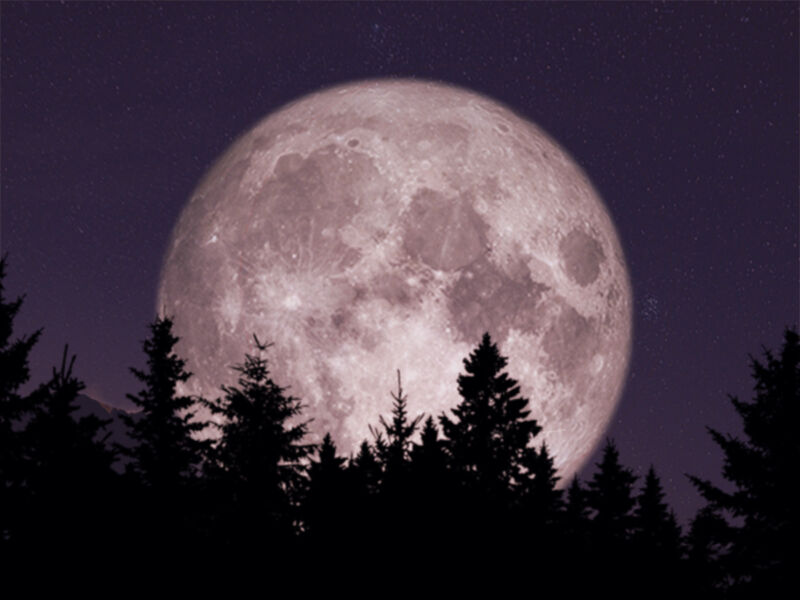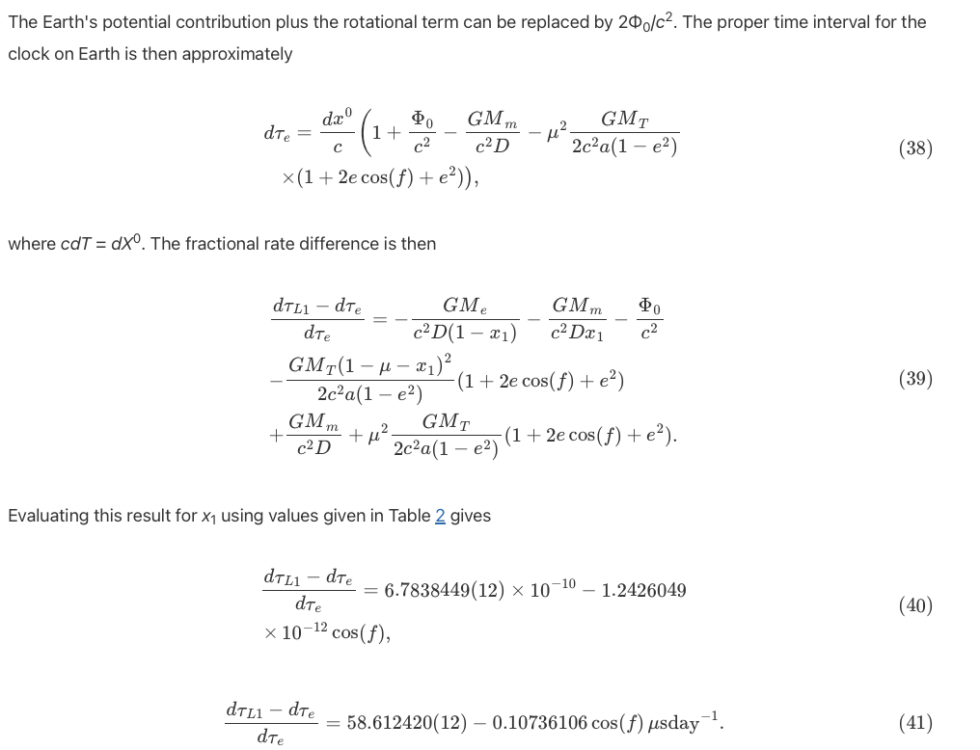Does anyone really know what time it is? —
A single standardized Earth/Moon time would aid communications, enable lunar GPS.

Enlarge / Without adjustments for relativity, clocks here and on the Moon would rapidly diverge.
Timing is everything these days. Our communications and GPS networks all depend on keeping careful track of the precise timing of signals—including accounting for the effects of relativity. The deeper into a gravitational well you go, the slower time moves, and we’ve reached the point where we can detect differences in altitude of a single millimeter. Time literally flows faster at the altitude where GPS satellites are than it does for clocks situated on Earth’s surface. Complicating matters further, those satellites are moving at high velocities, an effect that slows things down.
It’s relatively easy to account for that on the Earth, where we’re dealing with a single set of adjustments that can be programmed into electronics that need to keep track of these things. But plans are in place to send a large array of hardware to the Moon, which has a considerably lower gravitational field (faster clocks!), which means that objects can stay in orbit despite moving more slowly (also faster clocks!).
It would be easy to set up an equivalent system to track time on the Moon, but that would inevitably see the clocks run out of sync with those on Earth—a serious problem for things like scientific observations. So, the International Astronomical Union has a resolution that calls for a “Lunar Celestial Reference System” and “Lunar Coordinate Time” to handle things there. On Monday, two researchers at the National institute of Standards and Technology, Neil Ashby and Bijunath Patla, did the math to show how this might work.
Keeping time
We’re getting ready to explore the Moon. If everything goes to plan, China and a US-led consortium will be sending multiple uncrewed missions, potentially leading to a permanent human presence. We’ll have an increasing set of hardware, and eventually facilities on the lunar surface. Tracking just a handful of items at once was sufficient for the Apollo missions, but future missions may need to land at precise locations, and possibly move among them. That makes the equivalent of a lunar GPS valuable, as NIST notes in its press release announcing the work.
All that could potentially be handled by an independent lunar positioning system, if we’re willing to accept it marching to its own temporal beat. But that will become a problem if we’re ultimately going to do things like perform astronomy from the Moon, as the precise timing of events will be critical. Allowing for two separate systems would also mean switching all the timekeeping systems on board craft as they travel between the two.
The theory behind how to handle creating a single system has all been worked out. But the practicality of doing so has been left as an exercise for future researchers. But, apparently, the future is now.
Ashby and Patla worked on developing a system where anything can be calculated in reference to the center of mass of the Earth/Moon system. Or, as they put it in the paper, their mathematical system “enables us to compare clock rates on the Moon and cislunar Lagrange points with respect to clocks on Earth by using a metric appropriate for a locally freely falling frame such as the center of mass of the Earth–Moon system in the Sun’s gravitational field.”
What does this look like? Well, a lot of deriving equations. The paper’s body has 55 of them, and there are another 67 in the appendices. So, a lot of the paper ends up looking like this.

Enlarge / A typical section of the paper describing how the new system was put together.
Ashby and Patla, 2024
Things get complicated because there are so many factors to consider. There are tidal effects from the Sun and other planets. Anything on the surface of the Earth or Moon is moving due to rotation; other objects are moving while in orbit. The gravitational influence on time will depend on where an object is located. So, there’s a lot to keep track of.
Future proof
Ashby and Patla don’t have to take everything into account in all circumstances. Some of these factors are so small they’ll only be detectable with an extremely high-precision clock. Others tend to cancel each other out. Still, using their system, they’re able to calculate that an object near the surface of the Moon will pick up an extra 56 microseconds every day, which is a problem in situations where we may be relying on measuring time with nanosecond precision.
And the researchers say that their approach, while focused on the Earth/Moon system, is still generalizable. Which means that it should be possible to modify it and create a frame of reference that would work on both Earth and anywhere else in the Solar System. Which, given the pace at which we’ve sent things beyond low-Earth orbit, is probably a healthy amount of future-proofing.
The Astronomical Journal, 2024. DOI: 10.3847/1538-3881/ad643a (About DOIs).